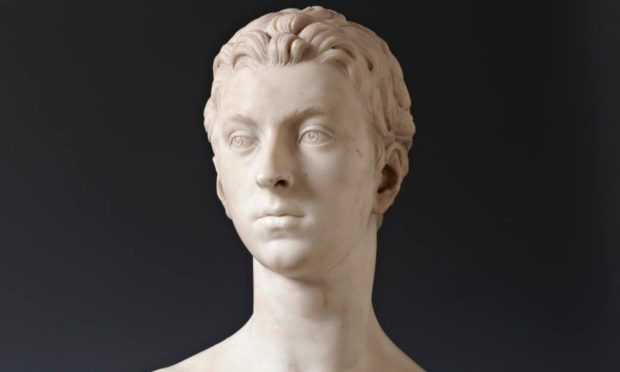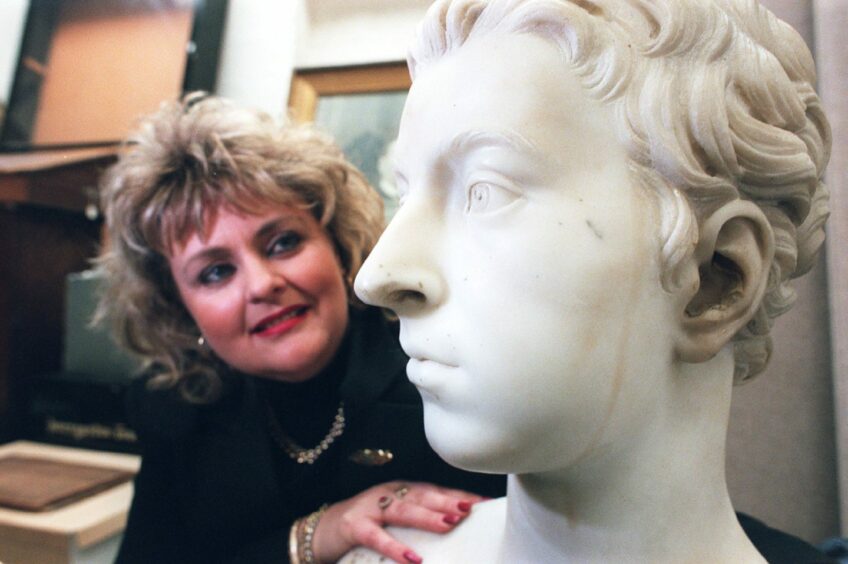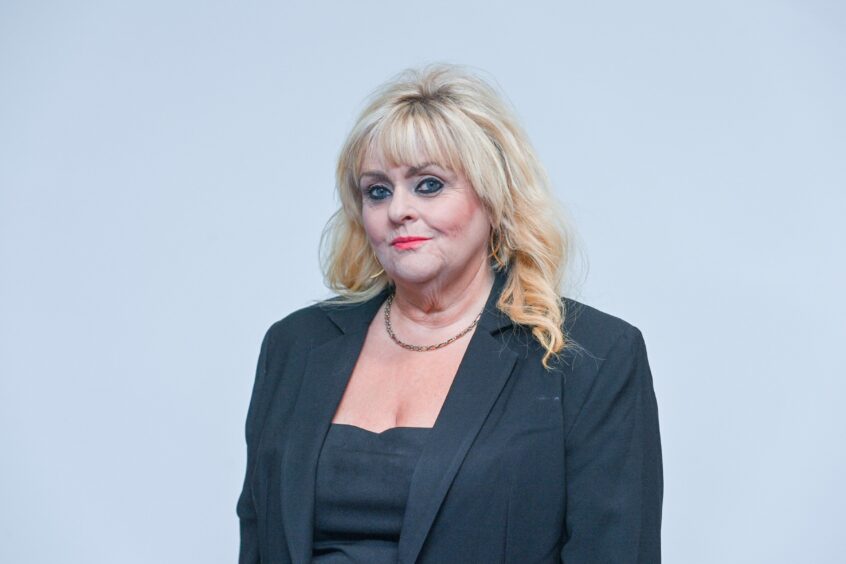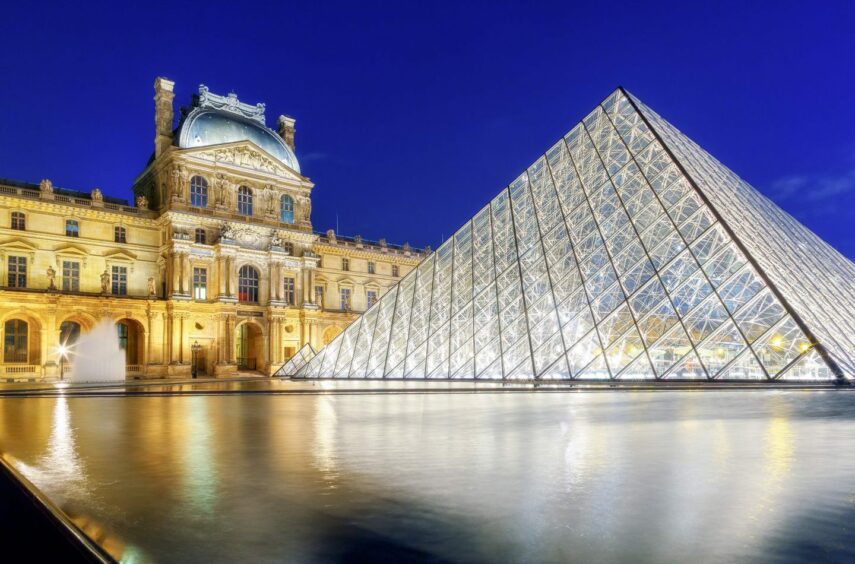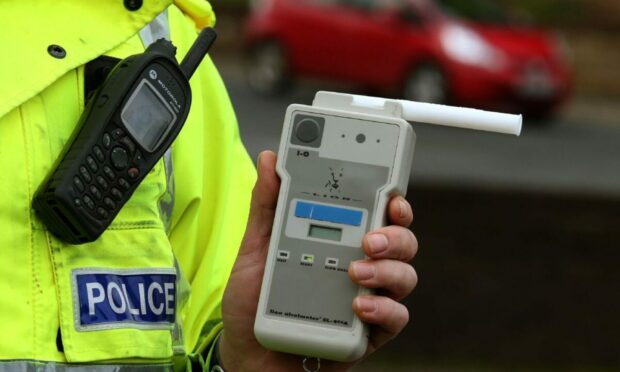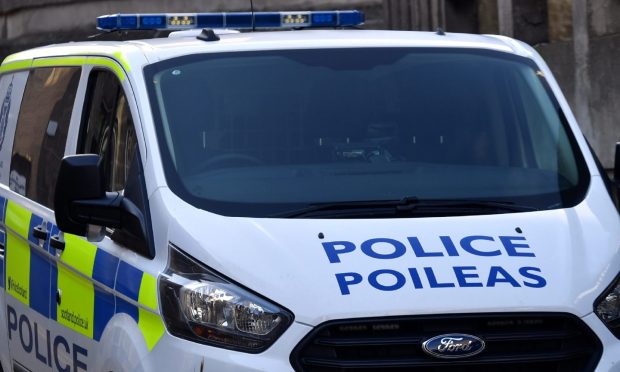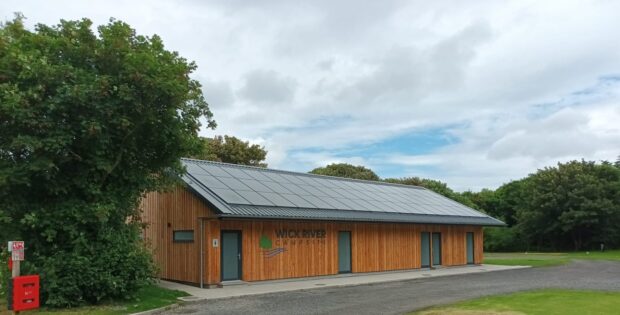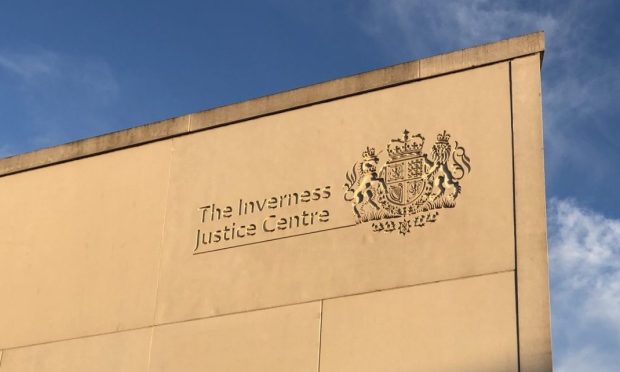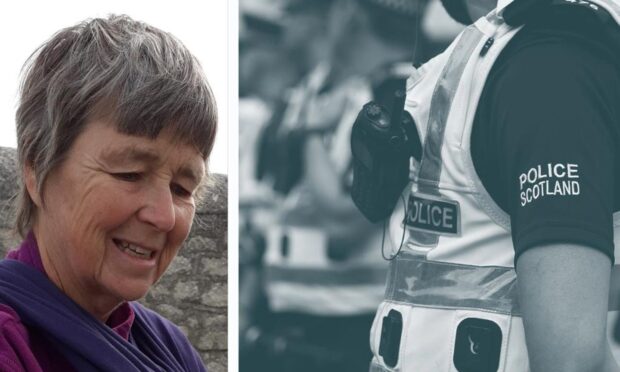An 18th-century bust Sir John of Invergordon which was once being used a doorstop has now been valued at £2.5million.
The Bouchardon Bust, of Sir John Gordon of Invergordon had lain in a council shed for many years when Maxine Smith, now a local councillor, and former Highland councillor Andy Anderson discovered it.
Since its discovery, the bust has even been shown in the Louvre, as part of an exhibition about the artist. Sotheby’s described the bust as “brilliant in execution”, valuing it at £2.5million.
Bust of Sir John worth £2.5 million
But the bust was only discovered in 1998 while Miss Smith and Mr Anderson were looking for “missing” robes and chains of office for Alness and Invergordon.
Instead they hit the jackpot.
A community consultation to be launched by Highland Council will determine the bust’s fate – and it will either be sold or be given its rightful place in a museum.
The bust which depicts late landowner and MP Sir John Gordon was created by Edmé Bouchardon and was sculpted in the early 18th century whilst the artist was resident in Rome and Sir John was on his Grand Tour.
It is now owned by the Invergordon Common Goods Fund, after the town council paid £5 for it in 1931.
Ms Smith said: “In 1998 when I was a mere Invergordon community councillor and chairman of the Invergordon Business Association I decided to go hunting for the past Invergordon provost robes and chains which had been ‘missing’ for some years.
“With the help of former councillor for Alness, Andy Anderson, I gained access with permission to a council-owned shed next to the football pitch in Balintore.
“I was so excited to see what was inside. I found not only the robes and chains, but pictures that I thought looked old and expensive.”
She continued: “There was a wee white marble sculpture thing holding open the door which I walked past.
“Anyway once everything was removed and inspected the marble, it transpired that the ‘bust’ being used as a doorstop was worth a lot of money. It could have been binned, or taken quite easily.
‘I was flabbergasted’
“At that time it was worth circa £450,000. I was flabbergasted, as was Andy.”
Sir John’s father gave his family name to Invergordon.
As one of the 18th century’s most fashionable sculptures, the artist Bouchardon produced a number of works for French royalty at the Palace of Versailles and also made the Fontaine des Quatre Saisons in Paris.
Since it was discovered the bust, as a valuable asset had to be stored in the Inverness Archive Centre as only they could afford the insurance and had the only secure venue.
Ms Smith and Mr Anderson then tried to establish the ownership of the bust.
But it wasn’t until some nine years later when Ms Smith was elected as a Highland Councillor that she set about trying to do something with the famous bust.
While no one was able to value its real worth, it was by then valued at £725,000, ten years later it was valued at £1.5million.
Art collectors from across the world are desperate to buy the bust – which may end in a bidding war for Sir John
Ms Smith continued: “So nowadays Sir John is worth in the region of £2.5 million.
‘Sir John’ valued at £2.5 million by Sotheby’s
“Can you believe it? He was a doorstop. If that shed had been destroyed in a storm or burned down nobody would have ever known its worth and it would have disappeared into history.”
The councillor wants the community to back a plan to sell the bust, and with the proceeds make a replica of the original to keep in a museum.
And with the proceeds of the sale, she wants backing to set up an Invergordon Common Good Fund, putting £125,000 back into community projects each year.
She said: “I’m so excited we played the long game.
“It may be that the community don’t wish to sell it, but to be honest it’s doing nobody any good sitting in the Inverness archive centre which is the only place secure enough to cover the insurance costs.”
A Highland Council spokeswoman said: “At next Monday’s Easter Ross Area Committee meeting, members will be asked to explore the potential of selling the bust and consider the assessment of the various sale options and expert advice provided by Sotheby’s.
“If members agree to explore this, the first step will be a public consultation on the proposal to dispose of the Bust, in line with the Community Empowerment (Scotland) Act 2015. This will seek the views of the wider Invergordon community.
“The sale of the bust has the potential to recover a significant capital receipt for Invergordon Common Good Fund which would provide investment opportunities for income generation and rejuvenation of the Common Good fund.”
